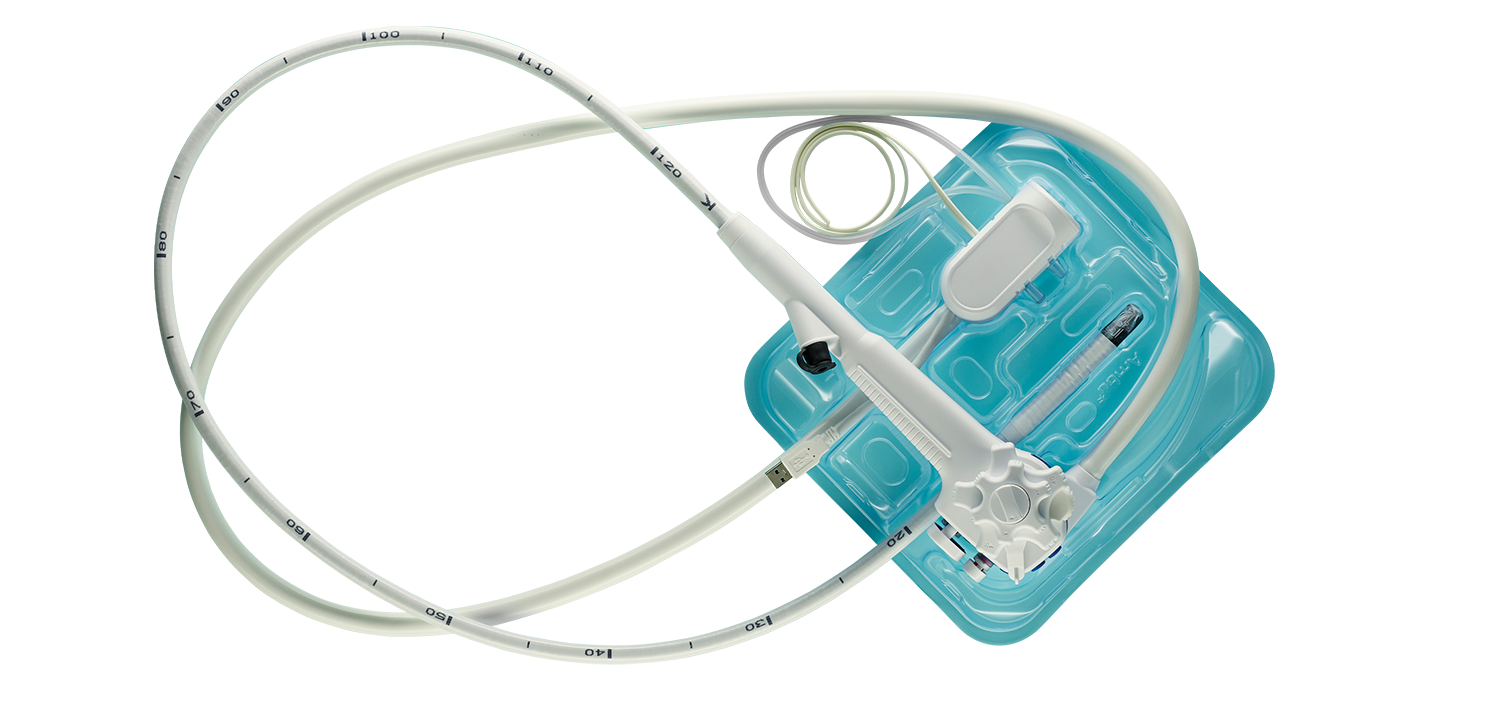
The American Society for Gastrointestinal Endoscopy Technology Committee recently released an overview of innovative duodenoscope technologies that have hit the market since August 2019.
The March 2021 report discusses new advancements in duodenoscope design that have emerged since August 2019 when the U.S. Food and Drug Administration (FDA) recommended an industry switch to partially or fully disposable devices. The FDA is seeking to curb the potential for exogenous infection transmission during endoscopic retrograde cholangiopancreatography (ERCP).
ERCP is a potentially lifesaving advanced endoscopic procedure that treats and diagnoses ailments in the pancreas and bile ducts. Arguably one of the most challenging endoscopic procedures, ERCP also requires one of the most complex (and difficult to clean and disinfect) flexible endoscopes.
While instances are rare, duodenoscopes do pose a risk for patient to patient infection transmission. This is mainly due to the difficulty in cleaning and disinfecting the scope’s elevator mechanism and elevator channel between uses.
The technology committee report outlines emerging technologies from Ambu A/S, Boston Scientific Corp., Fujifilm Corp., Olympus America, and Pentax Medical. All new duodenoscope designs address the cleaning challenges posed by the duodenoscope’s elevator mechanism and channel.
The end cap of the duodenoscope protects patients from mucosal damage by the sharp, metallic tip of the instrument. This covering, however, also makes it harder to clean the elevator mechanism during reprocessing.
Disposable end caps therefore allow for easier access to the elevator and still protect patients from tissue damage during ERCP.
The FDA has cleared disposable end cap duodenoscopes by Fujifilm, Olympus and Pentax. The latest model by Pentax also includes a disposable elevator.
While the ASGE tech report notes these novel devices with single-use end caps “should theoretically reduce endoscope transmission of infections,” there are no clinical studies to support that hypothesis to date. There are also no studies comparing fixed cap and removable cap duodenoscopes.
Single-use endoscopes are new to the GI suite. Since August 2019, the FDA has cleared two single-use duodenoscopes for ERCP — the first from Boston Scientific and the second from Ambu.
These duodenoscopes eliminate the risk of patient-to-patient infection transmission and there is no reprocessing needed. Both companies have partnerships that allow institutions to send used duodenoscopes for medical-grade recycling, according to the ASGE report.
Since duodenoscope performance is paramount to ERCP success, questions have been raised about whether single-use devices are adequate for complex cases. There is currently limited published data on the performance of Ambu’s duodenoscope, and favorable outcomes have been reported from use of the Boston Scientific device.
The ASGE report highlights a need for more clinical data on the performance of these emerging technologies. ERCPs should be performed at a variety of institutions by endoscopists with varying levels of experience, the authors conclude.
The authors also call for increased study of the financial and environmental impact of these new technologies.
So far, according to the report, there are limited patient safety concerns posed by these new technologies. Some FDA device reports, however, include instances of single-use end caps loosening or dislodging during ERCP.


